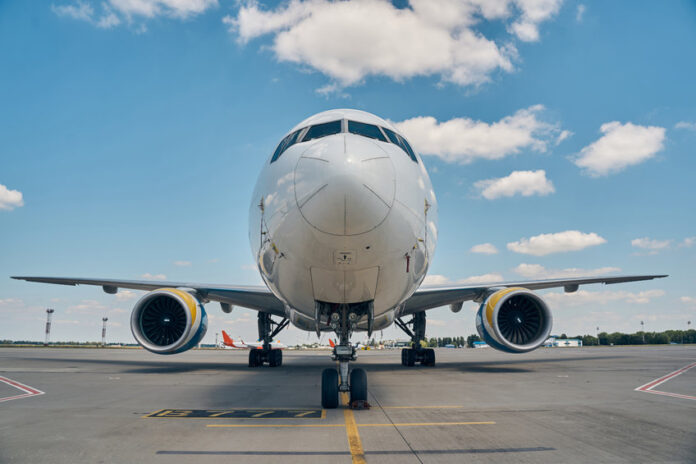Despite mobile network operators AT&T and Verizon working out a compromise solution with the Federal Aviation Administration to guard against possible C-Band interference in an attempt to avoid air travel impacts, the federal agency has issued more than 1,400 warnings to pilots about the possibility that on-board aviation systems may be disrupted by C-Band operations.
The Notices to Airmen (NOTAMs) warn pilots that altimeters, automated landing and heads-up displays/enhanced flight vision systems for aircraft should be considered unreliable for use in specific geographic areas, as should the use of helicopter autopilot hover modes.
Radio altimeters supporting these systems operate between 4.2-4.4 GHz; C-Band 5G operations will initially begin at around 3.7 GHz. While there is substantial RF distance between those two types of operations, the FAA is still concerned about even the possibility of out-of-band interference with altimeter systems, which were not designed to deal with a changing RF environment or terrestrial 5G operations but are crucial to the ability to gauge how far an aircraft is above the ground at low altitudes, particularly during times of low visibility.
In December, AT&T and Verizon agreed to pause their C-Band plans until early January following warnings issued by the FAA that the 5G spectrum could interfere with aviation safety systems. More recently, when the FAA Chief Steve Dickson and U.S. Transportation Secretary Pete Buttigieg asked Verizon and AT&T to delay their C-Band roll out for an additional two weeks, the carriers first rejected the new request. The pair changed their tune the following day, however, ultimately agreeing to the two-week delay that will now put C-Band activation at January 19 instead of January 5.
As part of the agreement that was worked out, which gave the two carriers assurance that they would be able to light up C-Band towers this month, the FAA came up with a list of 50 airports around the country where 5G buffers will be in place once C-Band operations come online — meaning that the sites will operate at lower power levels in order to head off potential interference with aviation systems.
That list includes a range of large and medium-sized airports, among them the international airports in San Franciscio, San Jose and Detroit; Chicago’s O’Hare and Midway airports; Orlando and Miami’s airports and the LaGuardia and John F. Kennedy airports in the New York City area, as well as smaller airports such as the ones in Fresno, California and Akron-Canton Airport in Ohio. The 50-airport list is only a small fraction of the approximately 5,000 public airports in the U.S., however, and it doesn’t include some major airports such as Atlanta’s Hartsfield-Jackson International Airport, Denver International Airport and Ronald Reagan Washington National Airport. The FAA has said that some airports are not on the list because they are not impacted by current C-Band deployments, and that for other airports, there is a natural buffer because of the distance between the airport and the nearest towers with C-Band equipment.
In a Q&A on the topic, the FAA said that “Recent dialogue has helped to establish information sharing between aviation and telecommunications sectors and newly agreed measures to reduce the risk of disruption, but these issues are ongoing and will not be resolved overnight.”
In a recent webinar on the topic hosted by the Helicopter Association International, Seth Frick, a radar systems engineer at Honeywell Aerospace, said that the company has been doing “substantial testing” on the altimeters models that Honeywell produces, in order to figure out what the impact of 5G terrestrial operations in the C-Band will be.
“The behaviors we observe in the laboratory setting do vary by model to model. But generally, we’ve observed everything you can imagine,” Frick said, as reported by Aviation Pros. Frick said that altimeter behavior in the lab has included inaccurate altitude readings, off by plus-or-minute 50 to 100 feet; as well as some altimeters not giving readings at all, or readings that were off by hundreds or even thousands of feet.
In particular, HAI has expressed concern about the possibility that C-Band operations might ground police and medical transport helicopters.
Reuters reported that the FAA said on Wednesday of this week that it “expects to provide updates soon about the estimated percentage of commercial aircraft equipped with altimeters that can operate reliably and accurately in the 5G C-Band environment.” The FAA is still “working to determine which radar altimeters will be reliable and accurate with 5G C-Band deployed in the United States,” according to the news agency.

